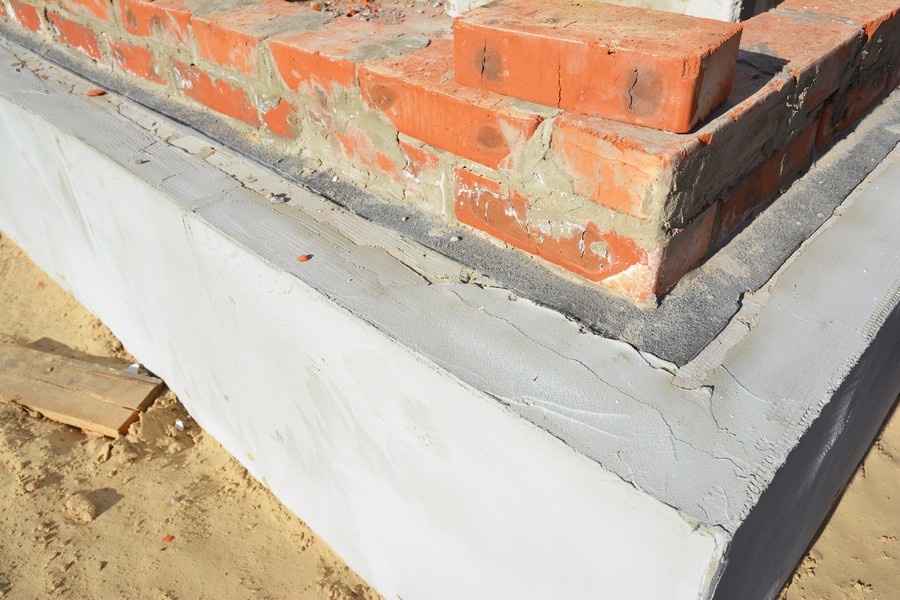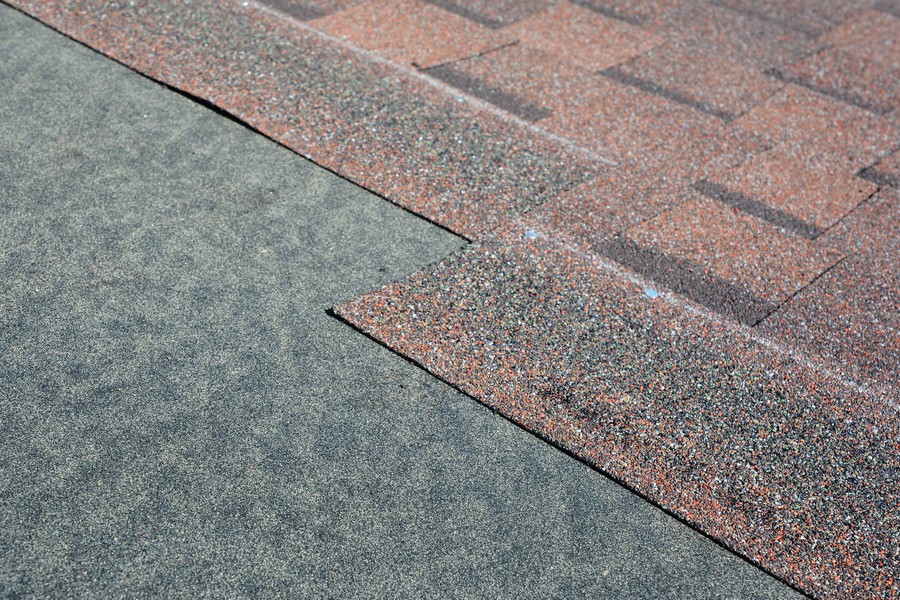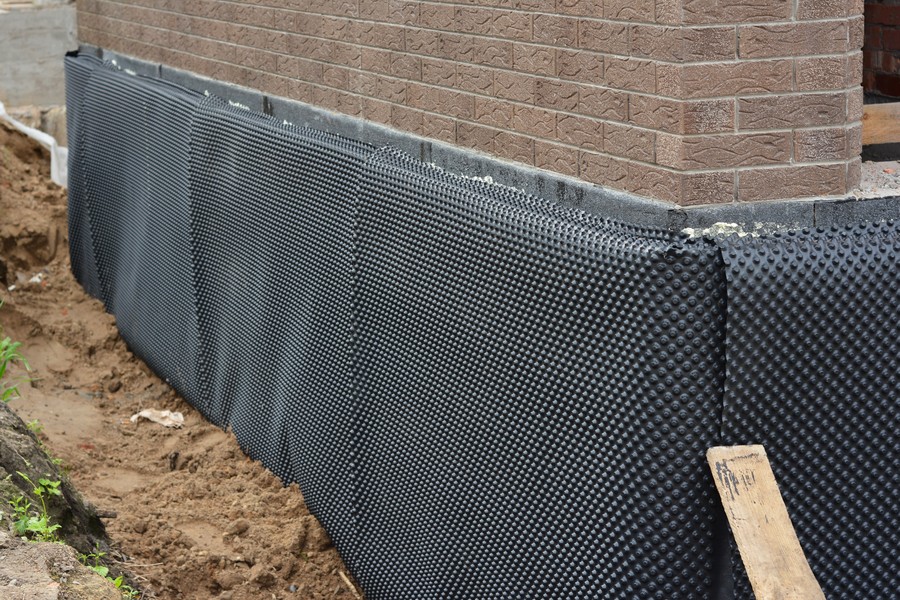Call Our Sussex Damp Experts team now for quote, consultation and advice:
Call on 01273 257 765.

The first step in resolving any damp issues in your property is to conduct an examination. Our damp proofing experts will not search for problems that don’t exist to make money. Instead, we will only report on actual damp issues and offer valuable and cost-effective solutions.
Our damp proofing specialists can evaluate your property, elaborate a damp and timber survey, and suggest the best course of action for repairs.
Sussex Damp Experts offers a wide range of damp Proofing and damp treatments and is confident in our ability to provide cost-effective repairs backed by our 30-year guarantees.
Whether it requires rising damp treatment, basement waterproofing, dry rot control, timber treatments or other damp proofing expertise, you can rely on our damp proofing experts to assess the problems in our detailed surveys and provide you with the most professional services to give you peace of mind for the future.

Damp is usually a sign of a more serious underlying problem. As a result, determining the cause of damp in a property is the first step in resolving the issue. If you see wet spots on the interior or exterior of your home, it might be the result of one of the following issues:
Once the source of the issue has been discovered, it should be addressed alongside the fabric repair work, making the damp proofing treatment more reliable and durable.
This survey is a property investigation and report that focuses on any damp problems the particular building may have, the extent of any damage, and the necessary steps to mitigate or reverse the problem.
Our damp surveyors carry out this procedure. They’ll look at where the damp is, how much of it there is, what damages, what harm it may do in the future if left untreated, what sort of damp it is (wet rot, dry rot, condensation, or other damp concerns), and the best way to solve it. Please call our specialist team on 01273 257 765 to discuss your options.
A Damp Proof Course is a barrier built at the lower level of a building’s wall to keep water from coming up. Slate, bitumen, and plastic are examples of non-absorbent, water-resistant materials. A damp-proof course shall be:

If the cavity is in an exterior cavity wall, it should extend at least 225 mm below the damp-proof course, or a cavity tray with weep holes every 900 mm should be installed so that water running down the cavity does not reach the inner leaf. To avoid rising damp and, in some cases, penetrating damp, damp-proof courses are now needed to construct new structures.
Call Our Sussex Damp Experts team now for quote, consultation and advice:
Call on 01273 257 765.
There is a distinct difference between dampproofing and waterproofing. Dampproofing is intended to keep out soil moisture, while waterproofing keeps out both moisture and liquid water. Dampproofing is a coating, usually asphalt-based, that is either sprayed on or hand applied to the outside of the wall.
A damp proof membrane (DPM – or damp proofing membrane) is a membrane that prevents moisture from passing through it. It will help to avoid penetrating damp also but has a secondary advantage. Polyethene sheeting placed beneath a concrete slab, for example, prevents the concrete from absorbing moisture by capillary action – rising damp. It’s often used on damp proof course (DPC) treatments.
An inspection is the first step in fixing any moisture issues you may have in your home. Sussex Damp Experts’ team is available in both East and West Sussex. We provide all damp related services, from initial surveys and inspection to full treatment, repairs and upgrades to your property to create damp-free buildings.
Sussex Damp Experts are a Sussex damp proofing company. Please get in touch with our damp proofing specialists’ team on 01273 257 765 for more information.
A Damp Proof Course (DPC) is one of the various damp proofing treatments that can be used to keep a property dry. Damp proof course repair is a long-term solution for preventing moisture from entering a home through walls and can be done in various ways. Excess moisture in a building can eventually cause structural damage, posing a risk to your property.
Construction methods have evolved throughout time, as have the DPCs we use in our homes. Many homes used slate tiles at first, but it has become the new standard because the current plastic damp course is significantly less expensive. Many modern construction projects also employ stainless steel.
A chemically injected DPC is usually inserted with the help of a specially prepared cream or water-based solution. The chemical is put into the perforations in the wall at the right level, forming a barrier to rising damp.
DPC mortar injection is mostly employed in the construction of random rubble stone walls. Our professionals will drill holes in the wall and apply a cement-based plaster that has been properly created.
Another method for installing DPC is through an electro-osmosis system. To reverse the polarity of the capillary action and drag the damp back into the ground, an electric charge is mounted on the wall through wires and earthed to the ground.



Two main factors are required for a successful damp proofing course. To avoid exacerbating the condition and incurring more costs and reinstallation at a later date, it’s critical to get the damp proof course right the first time. The following are the general procedures to perform an effective damp proof course, but you can always contact our damp proofing professional team to clarify your doubts about our installation.
First, we drill the masonry at the base of the damp walls and inject a specially formulated solution of silicone fluid until the entire depth is entirely saturated.
When damp proofing walls, we use a low-odour injection method that cures within the masonry wall to establish an impenetrable barrier to rising dampness, preventing moisture from rising from the ground into the treated walls. A vertical damp proof course is used to isolate adjacent abutting walls as part of the damp proofing process.
This is a dependable and cost-effective form of treatment when used with our professional waterproof rendering technique to guarantee that damp walls are no longer an issue in your house. The new damp proof course will keep moisture from rising into the damp walls, allowing the brickwork to dry out. The moist walls will not entirely dry out due to the impact of ground salts until the old plaster is removed and replaced with a salt-resistant render.

Our waterproof rendering technology has several advantages, including precisely batched renders. The proportions of sand, cement, lime, and waterproofers are computer-controlled at the plant rather than determined by site operators mixing the materials together from various bags of supplies. After employing the waterproof rendering technique to damp-proof walls, we add a top layer of skim plaster to smooth the surface.
When there are high ground levels, our tanking system may be needed in addition to the damp chemical proofing.
The damp proof course keeps moisture from the ground from climbing up the walls and causing damage to your home. Excess moisture rising from the ground may impact properties that lack a suitable damp protection layer or have a defective damp course.
These are some of the practical results of installing a DPC:
For the treatment and prevention of rising damp, we use a variety of different techniques and solutions. Injecting a silicone-based chemical into the wall through a series of small holes is one of the most effective and cost-effective treatments.
When it dries, it leaves a water-repellent barrier inside the wall. Typically, some of the internal plaster contaminated with salts from rising moisture must be removed and replaced with a salt-resistant plaster, allowing the moisture in the wall to dry out naturally.
After removing the contaminated plaster, it’s advised to install a new chemical damp proof course, using a damp proofing system with a cream (Silane/Siloxane) solution and advanced DPC injection cream. It should be pumped under pressure into the afflicted walls, then apply a waterproofer to the sand and cement render backing layer.
A damp proof course is a water-resistant barrier that runs the length and width of your wall. It prevents groundwater from creeping up through the wall due to capillary action.
With a special membrane attached to the construction, a damp proof membrane (DPM) resists moisture. A DPM uses a polyethene material positioned beneath a sheet of concrete to help manage moisture. It also contains cement, such as shotcrete, which resists moisture and pressure. Water is kept out via cavity walls built between the inside and outside walls, while masonry walls are sealed with pressure grouting. This is a frequent way to protect structures from water and humidity, such as rain.
The damp-proofing creams are effective on almost all types of walls. This is critical since no two walls affected by rising damp are alike. The physical qualities of the mortar used to build walls, in particular, can vary significantly, which can have a substantial impact on the success of any rising damp solution. Please seek advice from one of our experts.
When it dries, it leaves a water-repellent barrier inside the wall. Typically, some of the internal plaster contaminated with salts from rising damp must be removed and replaced with a salt-resistant plaster, allowing the moisture in the wall to dry out naturally.
Creating the best possible barrier to rising damp minimises moisture in the wall, prevents ground salt build-up, and reduces heat loss.
Rising dampness on exterior walls can lead to rendering degradation, efflorescence, and masonry fissures, among other things. A treatment with damp-proofing cream is recommended to eliminate rising damp on exterior walls. These solutions prevent rising dampness from causing further damage to walls.
An external masonry protection cream can also be applied to the exterior wall and gives another layer of protection against water penetration. This cream is not applied through injection.
Despite being possible to use a DPM without completing a damp proof course, it’s advisable to install a DPC to fully retain the moisture from rising through the wall and/or floor.
A DPC is a waterproof barrier that runs the length and breadth of your wall. Capillary action stops groundwater from creeping up through the wall. A DPM prevents moisture by attaching a waterproof silicone membrane to the structure. To assist regulate moisture, a DPM places a polyethene film beneath a sheet of concrete. This is a standard method of protecting structures from moisture and water, such as rain. It also includes cement, such as shotcrete, which is moisture and pressure resistant. Cavity walls between the inside and exterior keep water out, while pressure grouting seals masonry walls.
The chemical DPC is used to avoid wet walls and floors by preventing water from entering and permanently waterproofing the walls and floors of a room.

If you find moisture in your home, respond quickly; otherwise, it might cause severe problems for the occupants and the structure. Dampness may cause severe structural damage to a property’s structure and jeopardise structural integrity if not treated on time, in addition to the aesthetic discomfort it causes. It’s also proof that it can cause respiratory problems, mainly affecting those who already have respiratory issues.
Whether you have dampness due to condensation, leaking guttering, or leaking pipes, call our damp removal and damp proofing professionals as soon as possible to get it addressed.
Damp can create a variety of problems in the building if left untreated, including:
Sussex Damp Experts can identify and fix your problems, giving a cost-effective solution, whether you have a flooded house, rising damp issues or condensation concerns.
If you discover damp in your property, act soon; otherwise, it might cause significant difficulties for the residents and the building.
Beyond the visual discomfort caused by damp problems, dampness can cause severe damage to a property’s structure and compromise structural integrity if not addressed on time. It’s also proof that it can cause respiratory complications, and it mainly concerns people already with some kind of respiratory issue.
Whether you have damp developing due to condensation, leaking guttering, or leaking pipes, call our damp removal and damp proofing experts immediately to get it fixed as soon as possible.
Our commitment to offering excellent levels of client service and our depth and breadth of expertise are the pillars of our continuing success.
A damp survey will cost between £150 and £350 for a typical three-bedroom detached house. This is the price you should anticipate spending if you hire a chartered surveyor who is completely qualified and accredited. However, the price may vary greatly depending on the size and location of the property, as with other surveys.
The expenses of damp Proofing are determined by various criteria, including the property’s dimensions, architecture, kind of damp causes, and materials used, among others.
Because there are so many details to consider, call our fully trained team to schedule a survey. One of our friendly team members will check the property and thoroughly grasp the situation before giving you the most cost-effective price.
Our expert surveyors will be able to examine your property’s faults and provide the best cost-effective option for repair, no matter what type of damp issue is present.
Sussex Damp Experts is a property preservation company with a team of having damp proofing specialists with vast expertise in damp proofing treatments. We’re proud of our customer service and ability to deliver high-quality, dependable solutions backed by long-term warranties customers can count on.
Our damp treatment services come with a money-back guarantee and 30 years of warranty.
Contact our friendly team on 01273 257 765 to schedule a property survey if you’ve spotted any worrisome damp walls or wet stains.
Our company’s reputation is extremely important to us, as seen by our excellent customer evaluations and construction industry accolades. More than half of our new customers come to us as a result of a referral, and we work hard to ensure that every one of them has a positive experience that they would gladly share with others.


Max and his team have been at our property all week and I really can’t thank them enough for the fantastic job they’ve done on plastering both our walls and ceilings. They have literally transformed the appearance of our house! Not only has Ma…

From start to finish Max has been incredable. His knowledge lin damp proofing is second to none and his team where very clean and polite. The plastered finish was like glass so happy we choose Max Plastering for job.

Lovely bunch of lads left a very neat and clean job. Problem was solved.

Perfect Finnish and all left clean and tidy and no mess. Used Max previously and would not hesitate to ask him carry out more work.

Max, Harvey and Stuart arrived promptly as arranged. Done a great job on our outside rear wall. Work completed to a high standard, removal of all old material and cleaned up after themselves. I am so pleased with the standard of their work they ar…

They turned up on time and carried out the works in a very professional manor leaving the front of the house clean and tidy. Very impressed would definitely recommend.

I have to say that on every level Max (with Stuart and Harvey) did an extremely professional job! They explained what they were going to do, they were polite and courteous and respected that they were coming into our home. The plastering is of the…

I called max and he managed to come around the same day to do a survey. The next day I received an extremely detailed survey compared to any other damp proofer which made me feel very at ease that he was going to do the right job. Max and team tur…

Contact Sussex Damp Experts Now to Speak With an Expert.